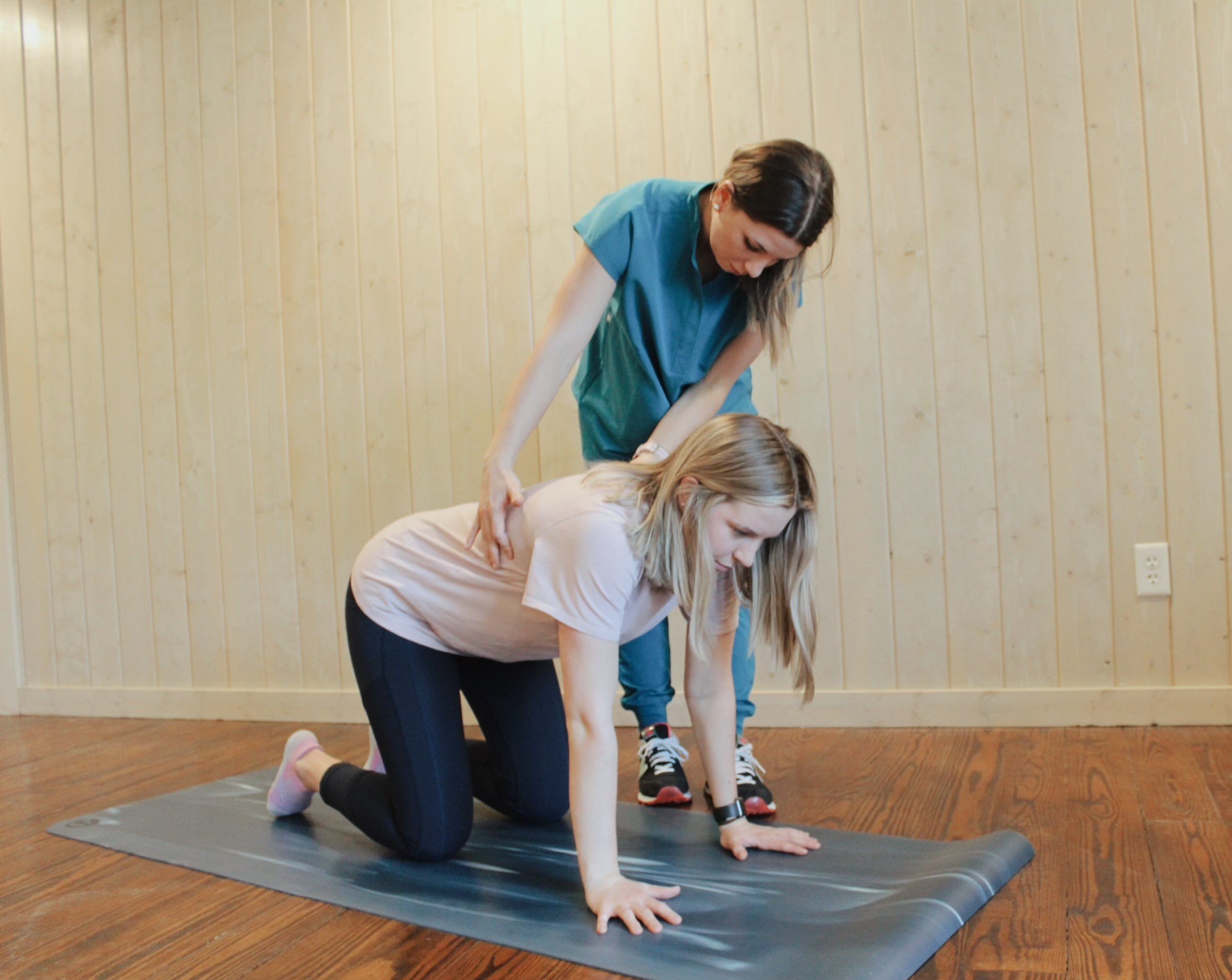The core and the pelvic floor
What is the role of the pelvic floor in the core?
First, let’s address the core. When most people think about “the core” they think abs or six pack. However, the core is a group of muscles that should function together nicely.
The core is built like a house. The diaphragm is the roof, pelvic floor is the foundation, the lats and glutes are the back walls, the rectus abdominus (6 pack muscle, and muscle that separates with diastasis rectus abdominus) resembles the front walls, while the oblique muscles are the side walls, and there is a deeper layer of muscles, similar to insulation, that help stabilize everything.
No one would knowingly purchase or build a house with a leaky roof, faulty foundation or walls falling down. Similarly, having a strong and stable core requires strength, endurance and coordination of all muscles listed above.
How do you know if your core is not functioning optimally? Signs and symptoms like diastasis rectus abdominus, pelvic organ prolapse, stress urinary incontinence, general abdominal weakness, pelvic pain, and low back pain indicate the core is not functioning as a system like it should.
Pelvic PT can address all of the signs and symptoms listed above based on your individual symptoms, health history, and goals.
To find out more about how pelvic PT can help with period related pain, call 903-962-2600, follow @thepowerfulpelvis on Instagram, or learn more at www.txpelvichealth.com
To request an appointment, click here.

